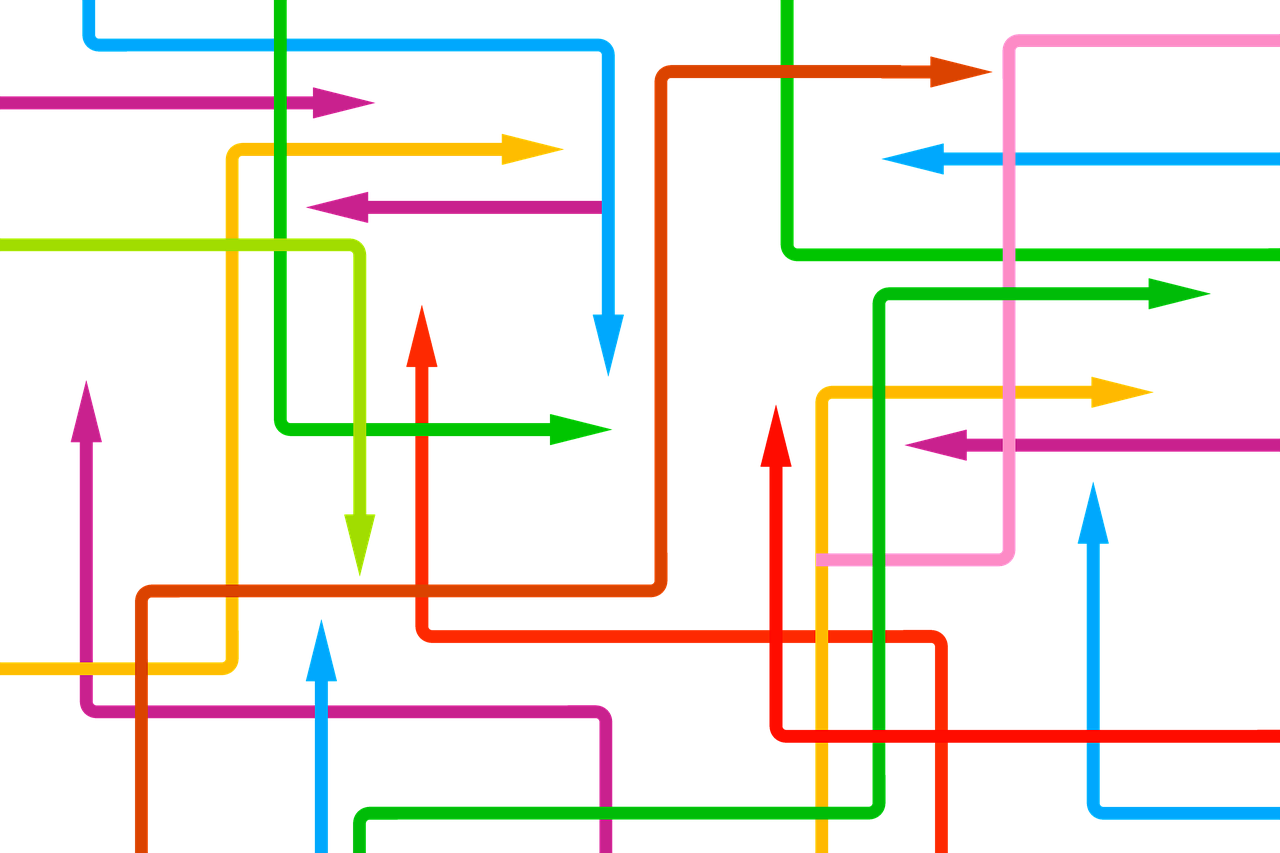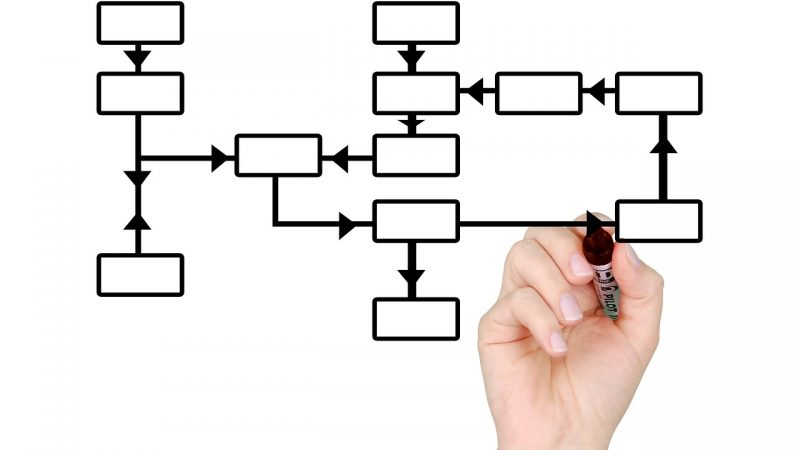Traditional paper-and-pencil tests have been a staple of education for decades. However, contemporary thinking recognizes that while these assessments efficiently measure content knowledge and skills, they fail to evaluate deeper learning and abilities like critical thinking, communication, creativity, and collaboration. Performance-based assessments are an alternative approach gaining traction in 21st century education. This comprehensive guide examines what performance-based assessment is, its research-backed benefits, effective design strategies, and tips for successful classroom implementation.
Defining Performance-Based Assessment
Performance-based assessment refers to evaluation methods where students complete authentic, meaningful tasks to demonstrate their learning. Rather than selecting isolated answers on traditional tests, students apply their knowledge and skills to real-world projects and open-ended problems. Performance is observed and rated through rubrics, portfolios, or other tools. Examples include writing an essay versus answering multiple-choice questions, conducting a science experiment instead of memorizing steps, or applying math to solve a practical challenge. The emphasis is on creating, producing, and doing.
Research on Benefits of Performance-Based Assessment
Substantial research shows utilizing performance-based assessment delivers significant educational benefits compared to traditional testing alone. Studies find performance tasks:
– Promote deeper learning and transfer of skills to real contexts
– Require application of higher-order thinking like analysis and evaluation
– Provide a more accurate picture of student abilities
– Enhance student motivation, engagement, empowerment
– Support learning goals like communication, collaboration, and creativity
– Allow demonstration of a wider range of talents beyond test taking
– Improve instruction by informing teaching practices
– Prepare students for the real-world tasks and performances required in college and careers
In short, performance-based assessment aligns better to the true purpose of education—holistic mastery and transferable knowledge—not just bubbles filled on a test.
Designing Quality Performance-Based Assessments
Effective performance assessments share common design elements. Teachers should:
– Align to learning goals and standards. Assessments must target the critical knowledge and skills you aim to teach.
– Incorporate real-world application of learning through authentic tasks. Ask students to demonstrate learning by completing projects, experiments, presentations, or problems mirroring real work.
– Allow demonstration of higher-order thinking skills. Open-ended, multifaceted tasks elicit skills like analysis, evaluation, synthesis, and creation.
– Feature a real purpose and audience. Students perform tasks for an audience beyond the teacher, like writing a newspaper article for the community.
– Involve self-assessment and reflection. Students evaluate their own learning and performance to deepen metacognition.
– Use criteria-based rubrics. An explicit scoring rubric outlines expected qualities of student work and guides assessment.
– Be feasible given resources. Consider time, materials, space, and scaffolds needed to complete tasks.
Integrating Performance-Based Assessment
Once designed, performance assessments must be intentionally integrated into the learning cycle:
– Introduce the assessment method and rubric when introducing a learning unit so expectations are clear. Provide examples.
– Teach and scaffold key knowledge and skills needed to complete the performance task successfully.
– Allow students adequate time to complete the performance. Schedule checkpoints to monitor progress.
– Have students present and explain their work processes. Peer review promotes learning.
– Give feedback for improvement during and after completion of the performance task.
– Students revise their work based on feedback and resubmit improved performance products.
– Students complete a self-assessment of their performance using the rubric.
Following this cycle, teachers gain a comprehensive picture of student learning while students deepen content knowledge, thinking skills, metacognition, and discipline.
Tips for Classroom Implementation
When first implementing performance assessments:
– Start small. Introduce one new performance task per quarter or unit before increasing frequency.
– Collaborate with other teachers to co-develop assessments and rubrics. This divides workload.
– Teach students how to use rubrics for self-assessment. Model providing feedback.
– Develop systems to organize and track lengthy performance assessments versus quick tests.
– Allocate classroom time for project work. Adjust curriculum pace accordingly.
– Communicate with parents on the purpose of alternative assessments and how they benefit learning.
– Analyze results to refine assessments and instruction. Reteach skills if performance is weak.
Potential Challenges and Solutions
When transitioning to performance-based assessments, teachers may encounter these challenges:
– Time constraints: Limit number of performance tasks and allocate class time for work. Simplify if needed.
– Classroom management: Establish processes and expectations. Provide resources and check-ins.
– Student resistance: Communicate purpose and benefits. Allow creativity within defined parameters.
– Parent concerns: Educate about rationale and share rubrics/criteria. Emphasize higher-level skills gained.
– Scoring subjectivity: Cross-check between teachers. Use anchor papers. Review and revise rubrics.
– Logistics and resources: Plan ahead. Collaborate with other teachers. Secure administrative support.
While challenging at first, the rewards of enriched student learning and teaching insights outweigh initial obstacles.
Conclusion
Performance-based assessment is a powerful strategy to induce deeper, transferable learning while evaluating abilities like critical thinking and creativity. However, success requires aligning tasks to key learning goals, scaffolding skill development, utilising authentic projects, and providing actionable feedback. When thoughtfully designed and integrated into instruction, performance assessment promotes multifaceted skills students need to thrive in college, career, and civic life. While effortful to implement, the benefits for vital lifelong skills are well worth the investment.








